How to Dress Like You're in an Edith Wharton Novel
How To Dress Like Your Novel is a series in which we explore what Fashion Editor Raquel calls “the pursuit of literary aesthetic coordination.” In this edition, Olivia puts a twenty-first century spin on her eternal favorite, Edith Wharton.
When people ask me why I work on Edith Wharton, I say that it's because of the way she fleshes out complex female characters who did not conform to the expectations of their time. And it's true. Most of Wharton's surviving work is from the first three decades of the twentieth century – a great time of change for women. While Wharton herself doesn't write about the explicitly political changes of the time, she gives her women great freedom and criticizes her society through their suffering.
Beyond that though, the truth of the matter is that Wharton's work just makes me come alive. Her writing is aesthetically dense in such a way that I find myself pausing once a page at the way she's phrased the description of a room or an outfit. Wharton herself was deeply connected to the aesthetic world – she was, before she was known as an author, known for her passion for interior design. (Her first published book, in partnership with Ogden Codman Jr., was the non-fiction The Decoration of Houses.) Consequently, the way she talks about the material, aesthetic world is a way of understanding, of weaving character into detail.
Two aesthetic descriptions of characters stand out to me so much that I have them memorized. One introduces a character's dead mother as someone whose “graceful portrait, all smiles and Cashmere, still emitted a faded scent of the undefinable quality.” It's a simple description, but it's one that brings to life goals that I did not know I had. The other such line describes the infamous Countess Olenska arriving in a room after dark –
She was dressed as if for a ball. Everything about her shimmered and glimmered softly, as if her dress had been woven out of candle beams; and she carried her head high, like a pretty woman challenging a roomful of rivals.
Wharton is full of such descriptions, and her characters are themselves full of multitudes; the products of old families in a new, bustling society that is ever-changing. They're haunted by their family histories, by dreams, pressures, and social missteps. Impoverished socialites, newly-moneyed social climbers, bohemian intellectuals, writers, lawyers, artists... all make appearances and all are allowed to tell their stories. And all are developed through the material world.
All also inspire me in my own aesthetic choices. When I think of Wharton and fashion, I inevitably think of the early twentieth century, but I also think of my own staples. Old reworked velvet dresses passed down from my mother; rose cut diamonds and family heirlooms; soft, warm sweaters; vintage fur collars that have been added to new coats. I think of luxurious details that have seen life but continue to bring joy. I think of inheritance and novelty. Extra details that make you shimmer and glimmer as you face the world.
Here, then, to mark the new face of the Attic, are a few of my favorite Wharton-inspired looks of the season, helping me shimmer and glimmer my way into the New Year.
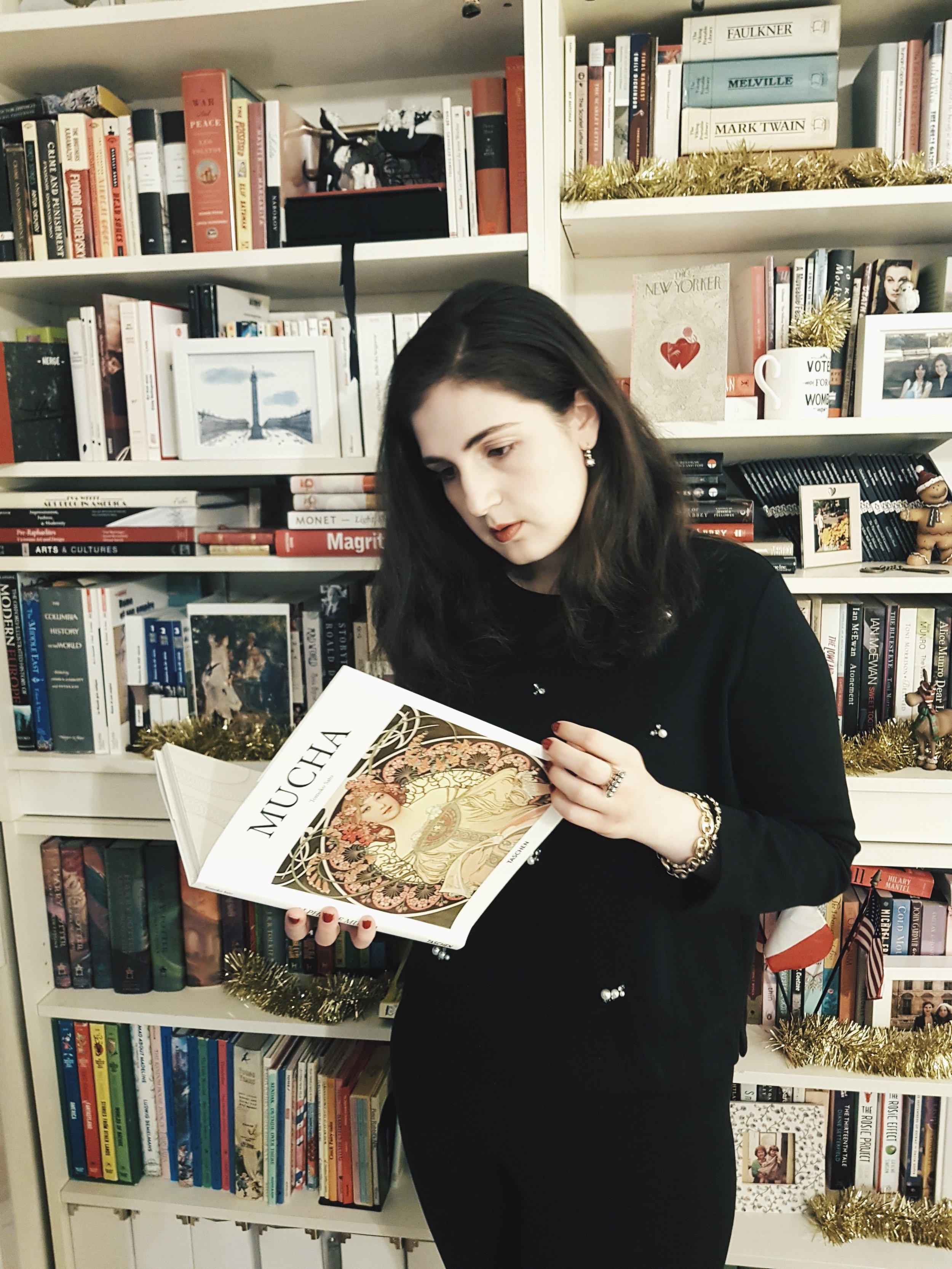
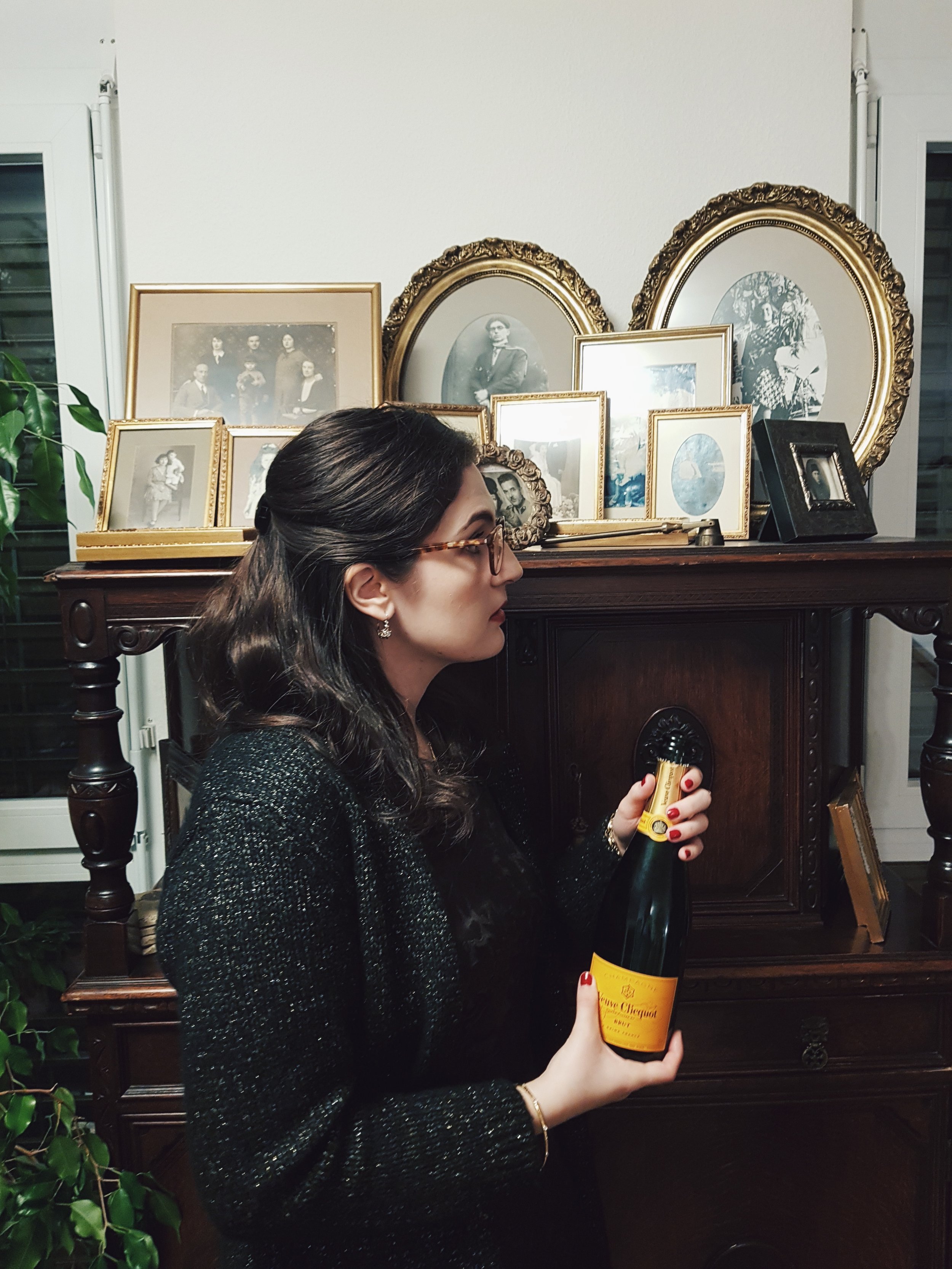
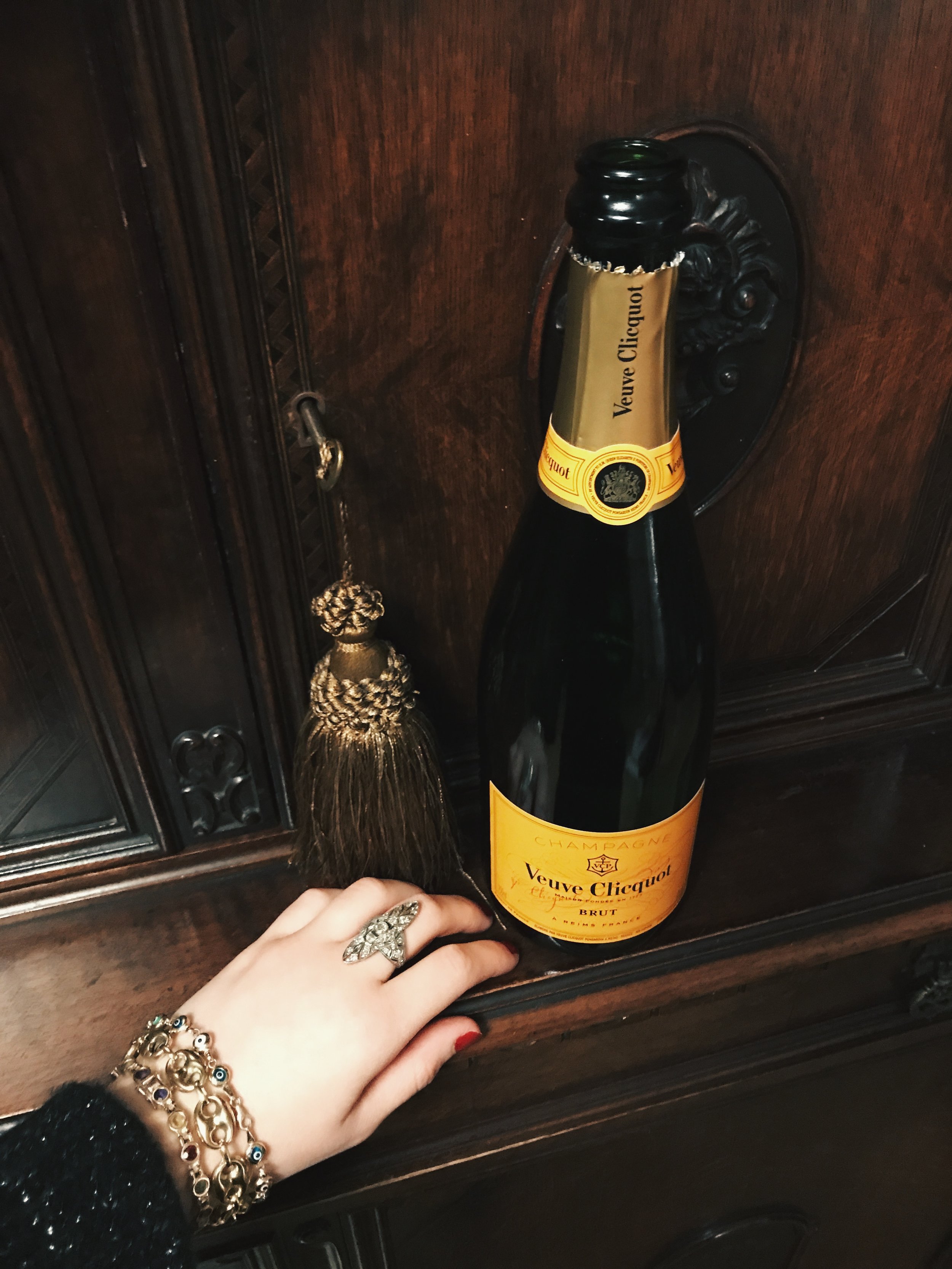
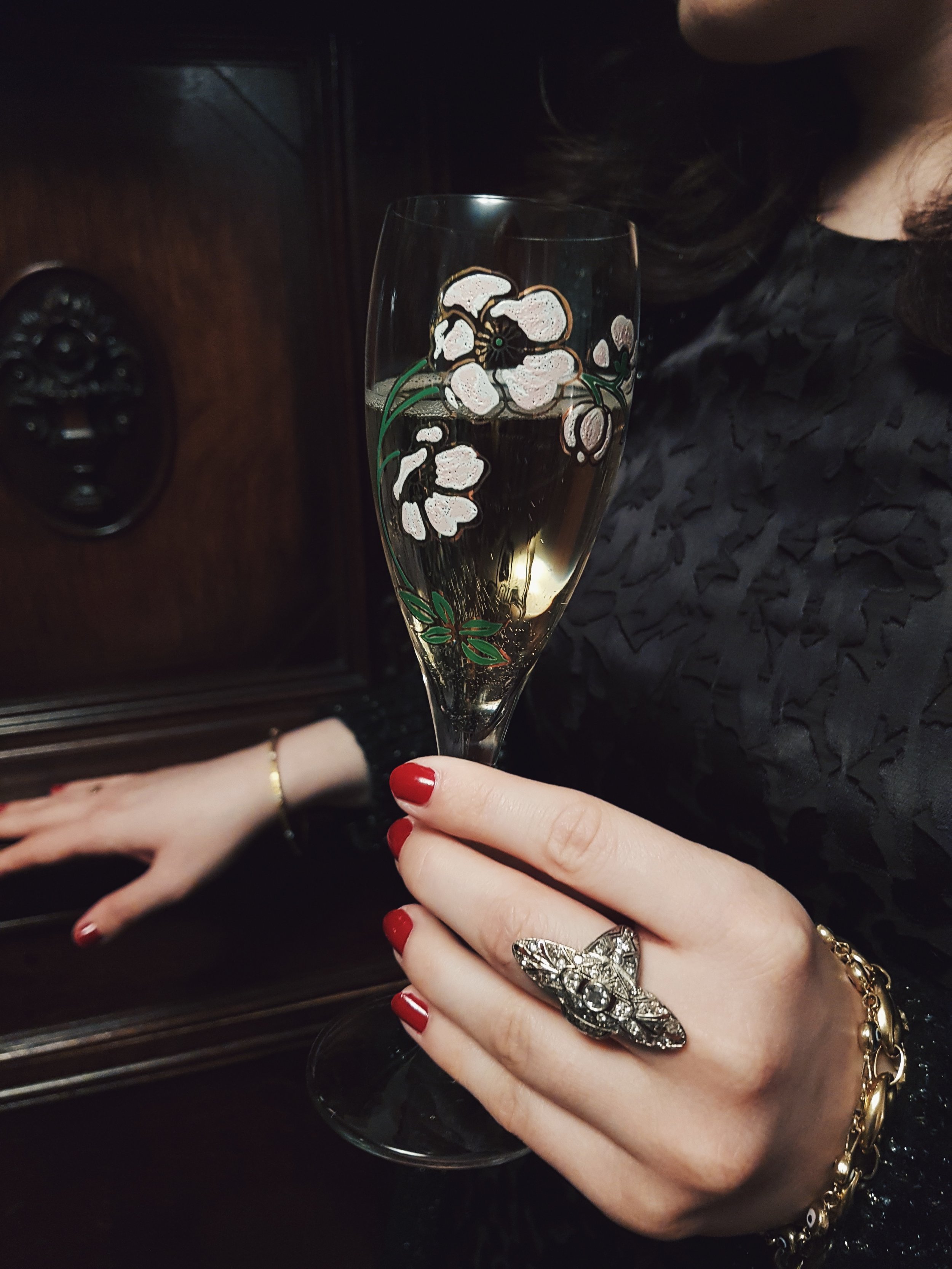
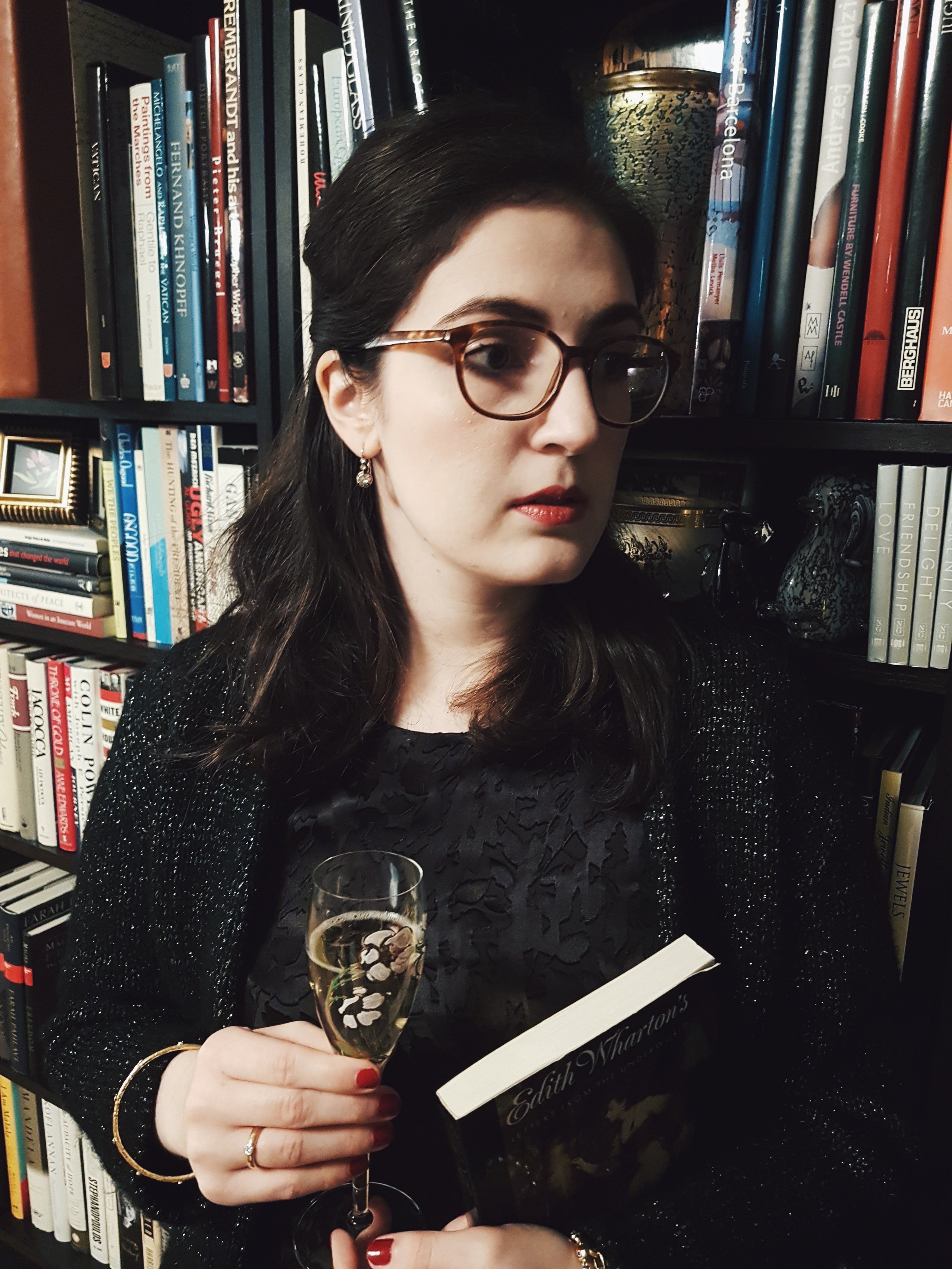
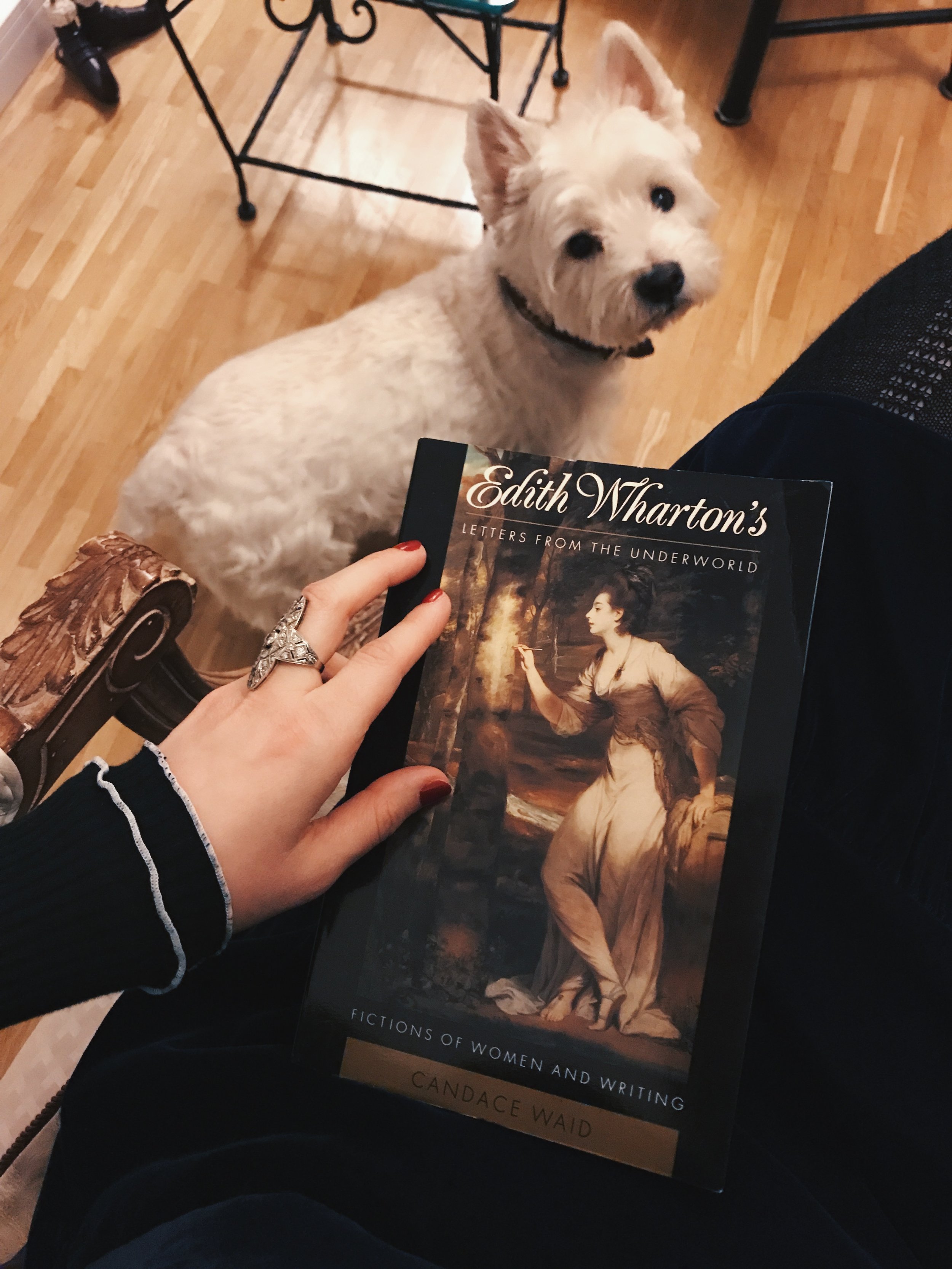
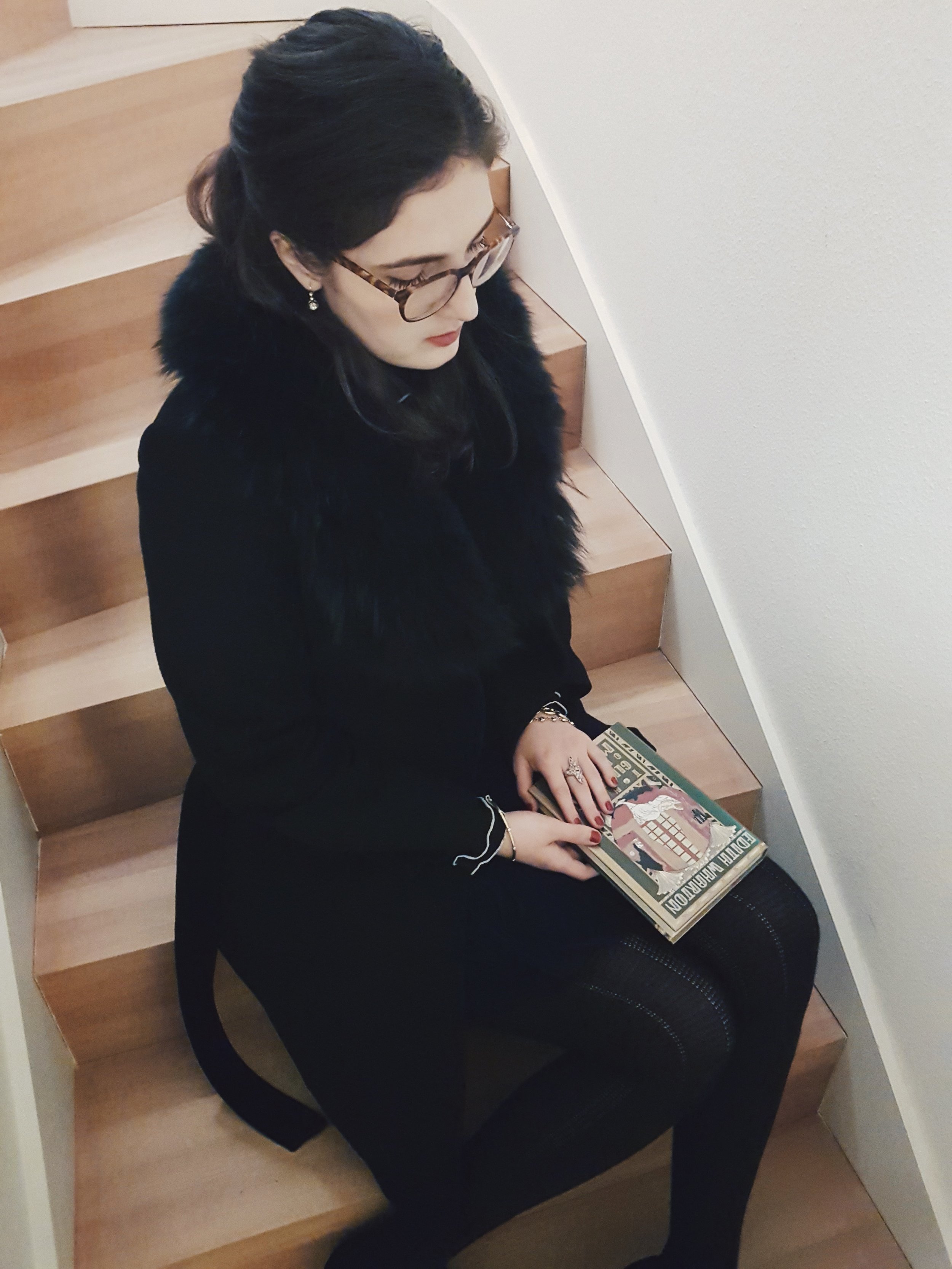
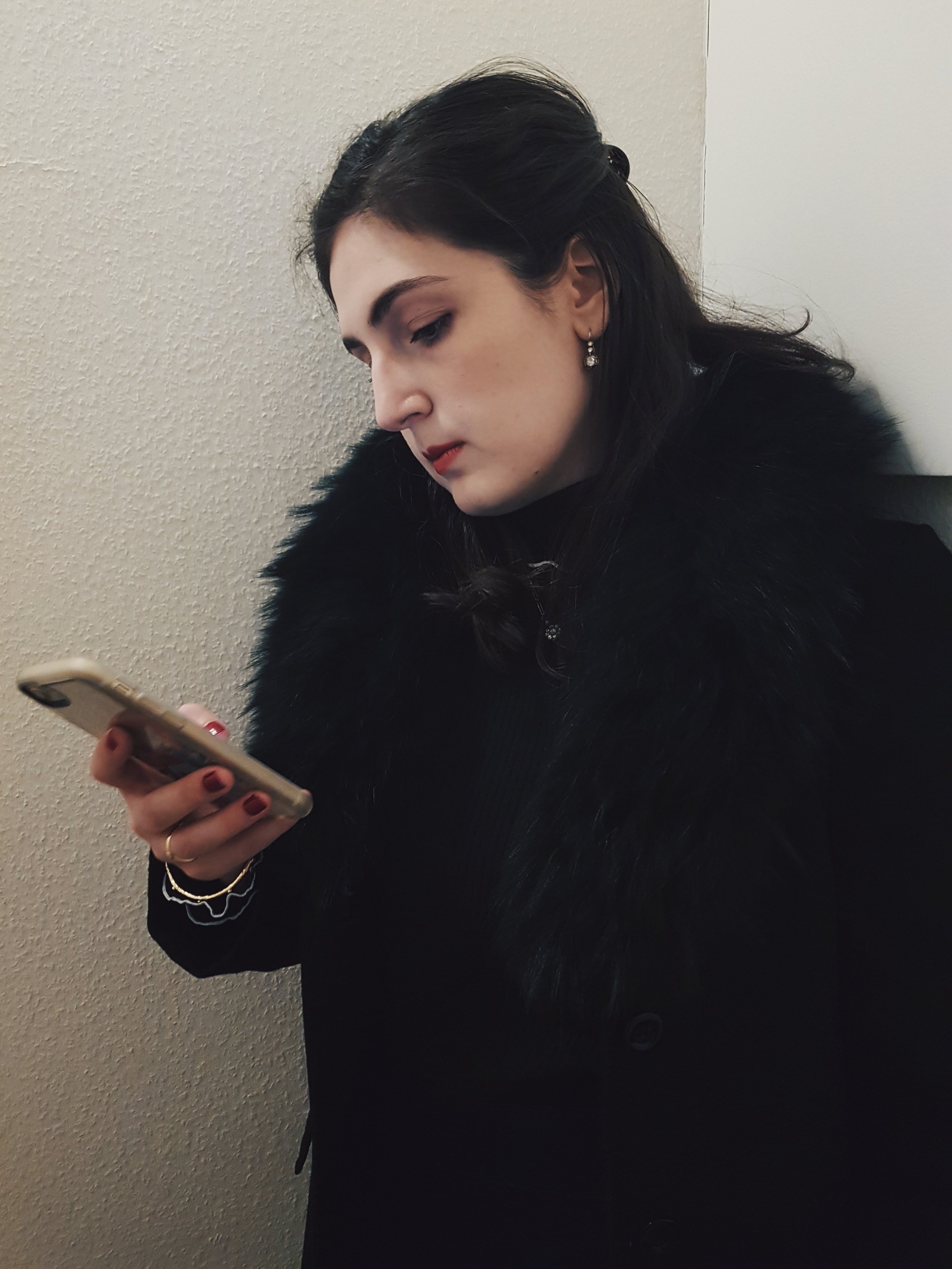

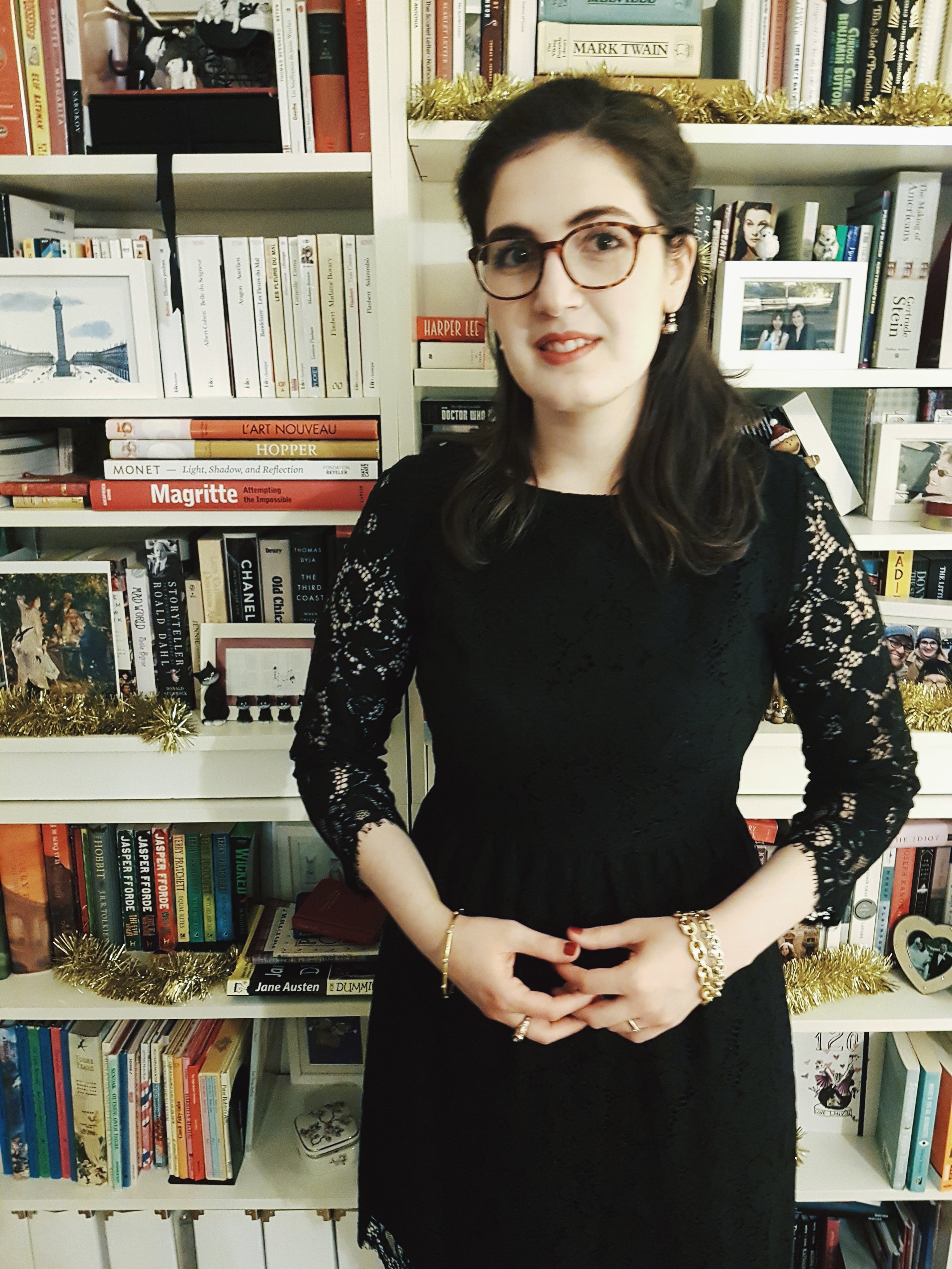
All clothes and jewelry my own. Pearl sweatshirt – Massimo Dutti, past season. Velvet dress – from my mother's youth. Sparkly cardigan - Massimo Dutti. Contrast ribbed turtleneck – J.Crew. Velvet skirt – J.Crew. Coat – old personal collection. Lace dress – LOFT, past season (similar here).
Olivia Gündüz-Willemin is Editor-in-Chief of The Attic on Eighth. She is dedicated to reading her way through the world and trying to stay as calm as possible.
